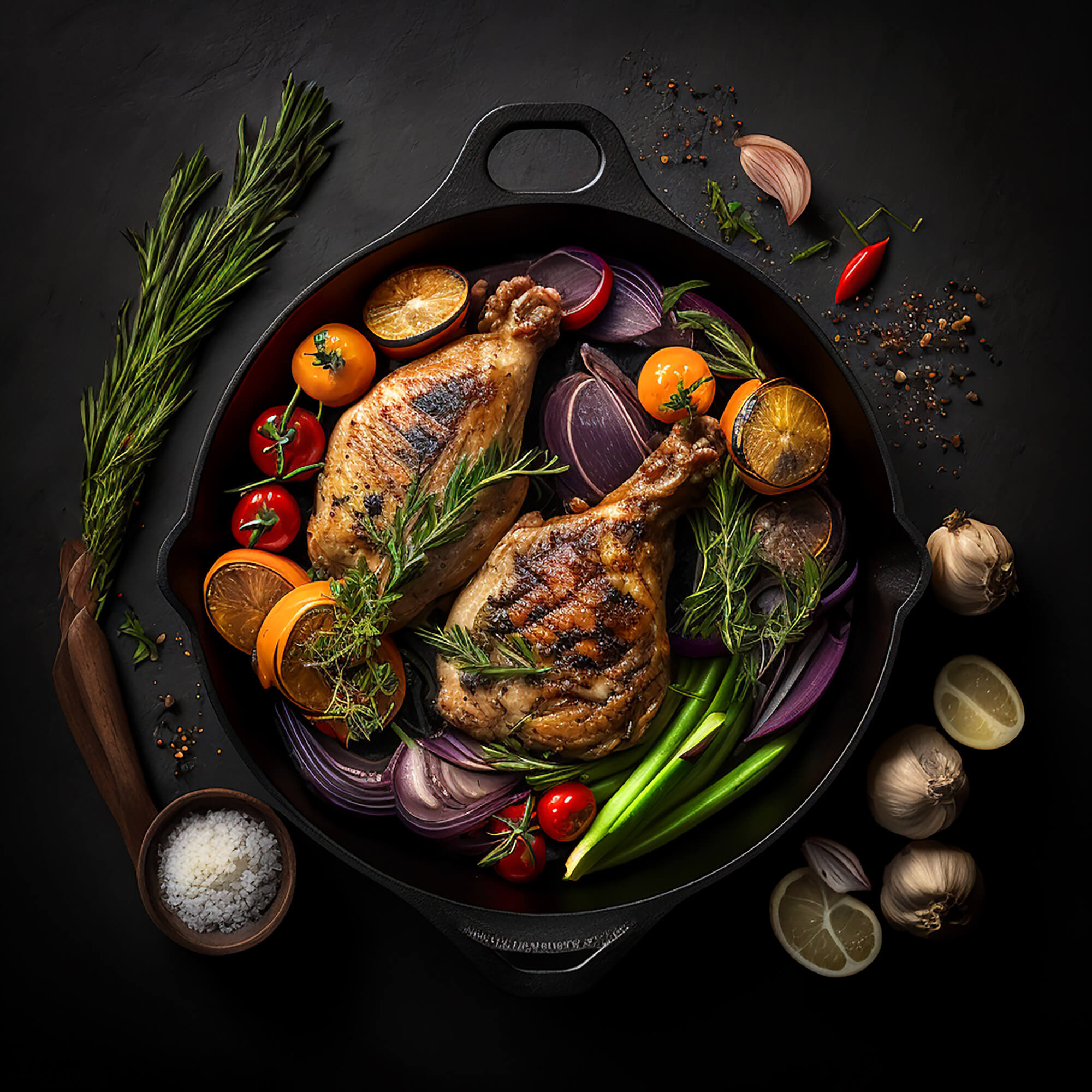Food Photography: Tips and Tricks for Mouth-Watering Images
Food photography is not just about capturing a meal; it’s about creating an experience. A well-taken photograph can make you smell the aroma of freshly baked bread, feel the texture of crispy fries, and even hear the sizzling of a juicy steak. However, achieving the perfect shot requires more than just aiming and clicking. In this article, we’ll cover some essential tips and tricks to help you take mouth-watering images that will make your audience crave for more.
1.Set the Stage
Before you even start taking pictures, you need to set up your scene. Choose a background that complements your food and creates contrast. A simple white or wooden table can make your food pop. You can also use colorful plates, napkins, and utensils to add interest to your shot.
Consider the lighting as well. Natural light is the best option for food photography as it makes the colors appear more vibrant and appetizing. Place your subject near a window or door and avoid direct sunlight as it can create harsh shadows. If you need to use artificial light, invest in a softbox or diffuser to create a more natural-looking light.
2.Style your food
The way you present your food can make a significant impact on the final image. Start by selecting the right plate or bowl that complements your food. Then, arrange your food in a way that is visually appealing. Consider the shape, color, and texture of your food and how they can work together to create a harmonious composition.
Use props to add interest to your shot. A sprinkle of herbs, a drizzle of sauce, or a scattering of crumbs can make your food look more appetizing. Don’t overdo it, though; the food should still be the star of the show.
3.Get up close and personal
Macro shots can bring out the details and textures of your food, making it look more mouth-watering. Use a macro lens or the macro setting on your camera to get up close and personal with your subject. Focus on the most crucial part of the dish, such as the cheese on a pizza or the chocolate chips on a cookie.
4.Experiment with angles
Don’t be afraid to get creative with your angles. Shooting from a bird’s eye view can make your food look more interesting and reveal more of the details. Shooting from a low angle can create a sense of depth and make your food look more prominent. Experiment with different angles and see what works best for your subject.
5.Play with colors
Colors can make or break your food photography. Use complementary colors to make your food stand out. For example, a red tomato on a green salad or a yellow lemon on a blue plate. Use a color wheel to find the best color combinations for your food.
6.Edit your photos
Editing your photos can take them from good to great. Use editing software such as Lightroom or Photoshop to adjust the brightness, contrast, and saturation. Remove any distractions or blemishes that could take away from the beauty of your food.
7.Use social media to your advantage
Social media is an excellent platform to showcase your food photography skills. Use relevant hashtags and post your images on platforms such as Instagram and Pinterest. Interact with your audience and ask for feedback to improve your skills further.
The links provided offer a selection of books about product photography.
- Product Photography: Lighting, Composition, and Shooting Techniques
- The New Lighting for Product Photography
- Product Photography Guide For Beginners
- Read This If You Want to Take Great Photographs
- Product Photography Magic
- The Digital Photography Book
Conclusion
Food photography is a unique form of photography that requires a combination of artistry and technical skills. By following these tips and tricks, you can take mouth-watering images that will make your audience crave for more. Remember to set up your scene, style your food, experiment with angles, and edit your photos. Use social media to your advantage and keep practicing. With time and dedication, you can master the art of food photography and create imagesthat are not only visually stunning but also evoke emotions and memories in your audience.
Another important factor in SEO optimization is to ensure that your content is shareable and linkable. Include social media sharing buttons and encourage your readers to share your content on their social media platforms. Also, consider reaching out to other food bloggers or photographers and ask if they would be willing to link to your content. This can help to increase your backlinks and improve your SEO ranking.
Lastly, make sure to optimize your images for search engines. This includes using descriptive file names, alt tags, and captions that include relevant keywords. This can help to improve your image ranking on search engines, which can drive more traffic to your website.
In conclusion, food photography is an art that requires both technical and artistic skills. By following these tips and tricks, you can take mouth-watering images that will make your audience crave for more. Remember to set up your scene, style your food, experiment with angles, and edit your photos. Use social media to your advantage and keep practicing. With time and dedication, you can master the art of food photography and create images that are not only visually stunning but also evoke emotions and memories in your audience.
